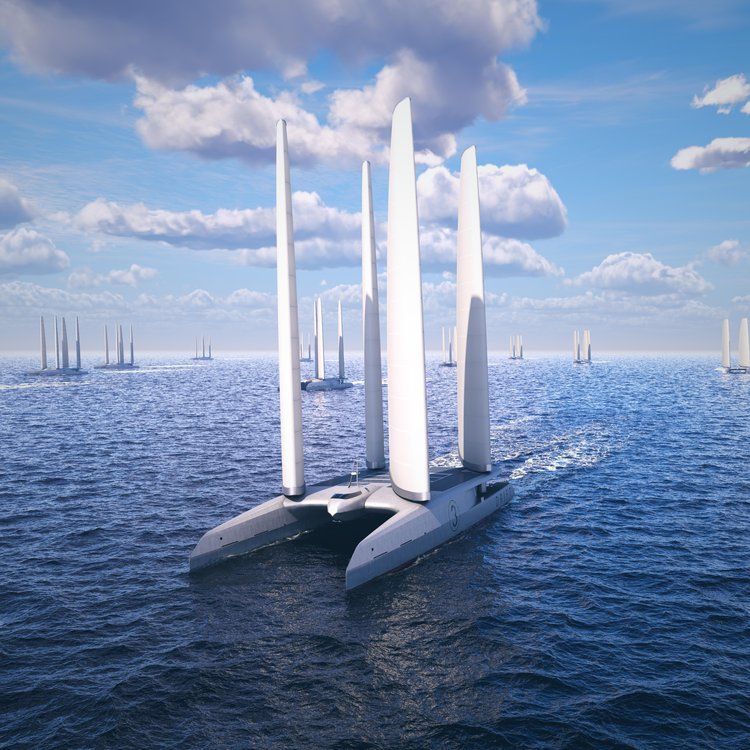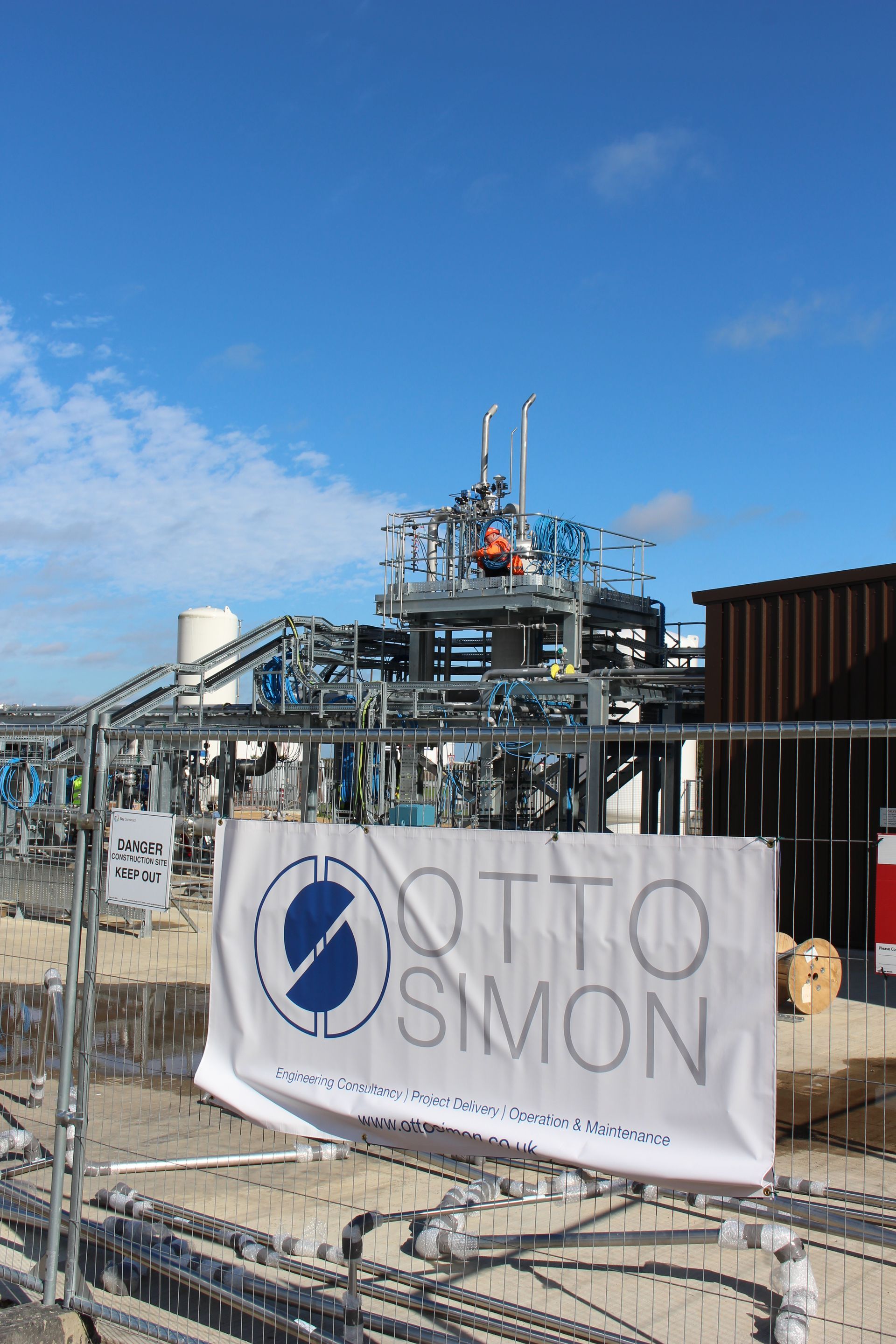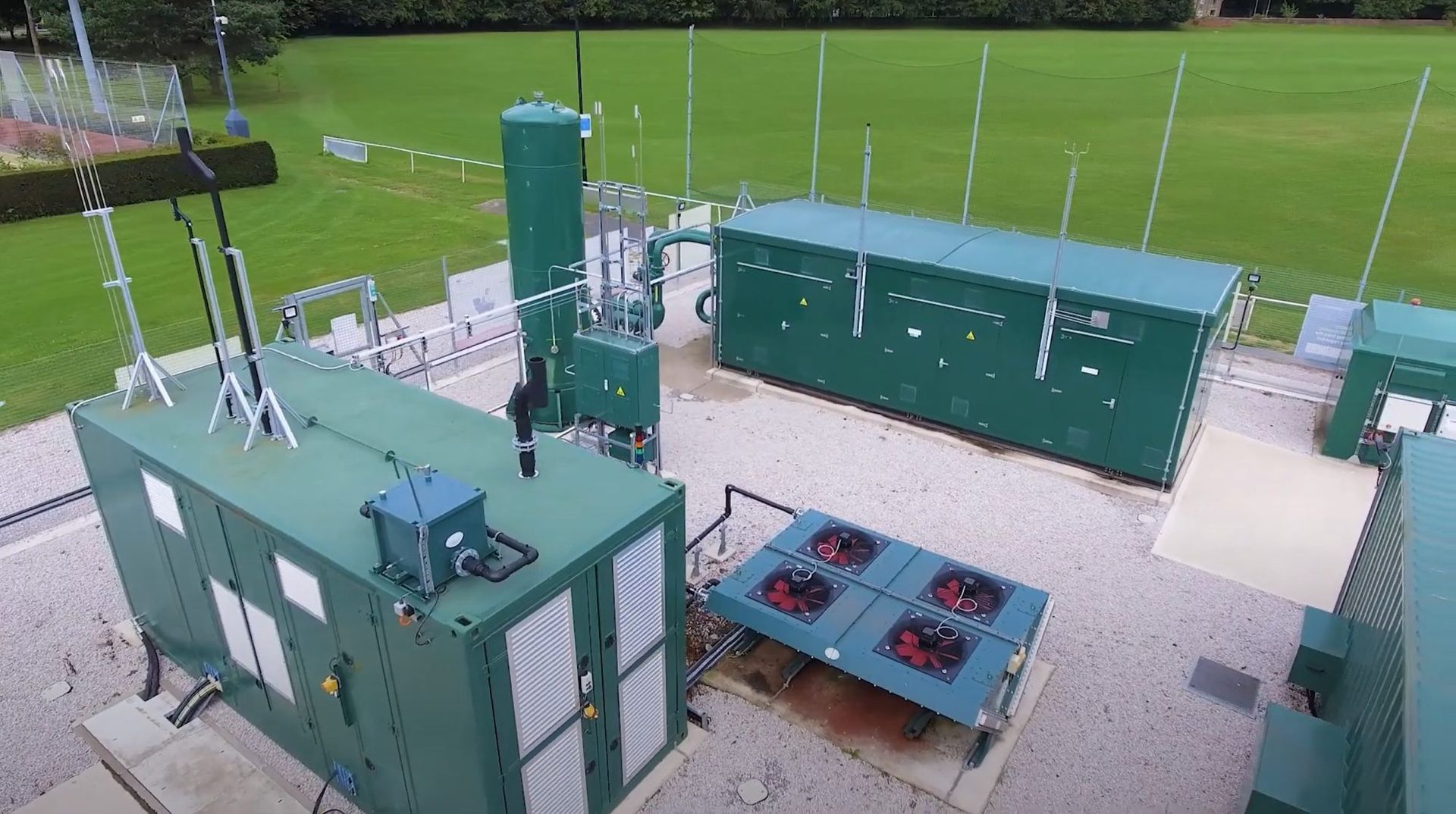Emergent Technology
Emergent technology - our terminology to describe new, often cutting-edge, technological developments that have yet to be fully commercialised or widely adopted.
For a client, these technologies are a chance to gain a leading edge in their market. This is important because it can unlock new revenue streams, create more efficient processes, and help a company stay ahead of the competition.
In sectors such as sustainable fuels, net zero, carbon capture, gasification, and biofuels, emergent technology is not just about innovation—it's often about survival. These industries are under intense pressure to decarbonise, and a client who invests in these technologies is not just being innovative; they're future-proofing their business. They are a way to achieve ambitious environmental goals and meet increasingly strict regulatory requirements.
The journey of an emergent technology, measured by Technology Readiness Levels (TRLs), is a key part of the value proposition. OSL helps clients navigate this journey, from TRL 5 (component validation in a relevant environment) to TRL 7 (prototype demonstration in an operational environment). This is the critical phase where a technology moves from a lab-scale idea to a proven pilot plant. This is where OSL's expertise becomes vital, as they can help a client demonstrate that their technology is viable, de-risking it for potential investors.
This is also where fundraising becomes a major concern. Investors, especially for a Series A funding round, need to see a solid business case and a low-risk plan. OSL's role in providing technical validation and due diligence can make or break a client's ability to secure the necessary capital to scale up.
How OSL Can Help Clients
OSL positions itself as a strategic engineering partner or Owner's Engineer, providing the technical expertise a client needs to commercialise their technology. Their services are designed to address the key challenges and questions a client will face:
- Engineering Partner / Owner's Engineer: OSL acts as the client's representative, providing independent technical oversight and ensuring the project is executed to the highest standards.
- Developing and Integrating Core Technology: They help clients take their core technology and design it into a functional, scalable plant, from initial concept through to commercial operation. This includes helping with pilot and demonstration plants.
- From TRL 5 to TRL 7: OSL specializes in this critical scale-up phase, helping clients validate their technology in a real-world environment.
- Developing and Securing Intellectual Property (IP): While they don't directly handle legal aspects, their engineering work can help clients define and secure the technical basis of their IP.
- Technical Due-Diligence: OSL provides detailed technical reviews for investors, helping to validate the technology, project costs, and risks, which is crucial for securing Series A funding.
- Process Safety: This is a core part of OSL's offering. They conduct hazard studies and safety assessments to ensure the plant can be built and operated safely, which is a non-negotiable for both clients and regulators.
How OSL Delivers on Its Promises
OSL helps clients answer the fundamental questions about their project's viability through a structured, phased approach. The deliverables are designed to provide the client and potential investors with a clear, data-driven understanding of the project's feasibility and costs.
- What will the plant look like (Scope): OSL's engineers develop a detailed scope of work, including conceptual and feasibility studies, to define the plant's design and operational requirements.
- Will it work (Opex etc.): They create Opex (operational expenditure) estimates by analysing raw material costs, energy consumption, and labour, proving the project's operational viability.
- How much will it cost to build (Capex): OSL provides Capex (capital expenditure) estimates, from order-of-magnitude costs in early phases to more detailed figures later on, giving clients a clear financial roadmap.
- How long will it take to build (Programme): They develop a project schedule, or Programme, outlining key milestones and timelines for design, procurement, and construction.
- What are the chances of it blowing up: OSL conducts rigorous Process Safety studies, including Hazard Identification (HAZID) and Hazard and Operability (HAZOP) reviews, to identify and mitigate risks.
- Will the authorities let us build it (regulatory compliance): OSL provides expertise in regulatory compliance, ensuring the project meets all necessary legal and planning requirements.
The ultimate goal of these efforts is to produce a series of deliverables—Opex/Capex Estimates, Concept, Feasibility, and Due Diligence Reports—that lead to the successful EPCm (Engineering, Procurement, and Construction Management) of pilot and demonstration plants. This comprehensive approach helps clients confidently transition from an innovative idea to a fully realized, commercial asset.

Meet Our Head of Sector
Peter Creer
Peter is an experienced process engineer and project manager with expertise across a range of process industries and disciplines, covering batch and continuous plant operation and design, conceptual and detailed design projects, process commissioning and plant de-bottlenecking.
He is an experienced leader of detailed engineering design teams - managing engineering deliverables against budget and programme, and managing interfaces between project management, technology licensors, vendors, regulatory bodies and client. With a strong record in process safety and environmental management, complying with engineering design standards and regulations, and developing and implementing operational safety systems, Peter is our Head of Sector for Emergent & Biotechnology


